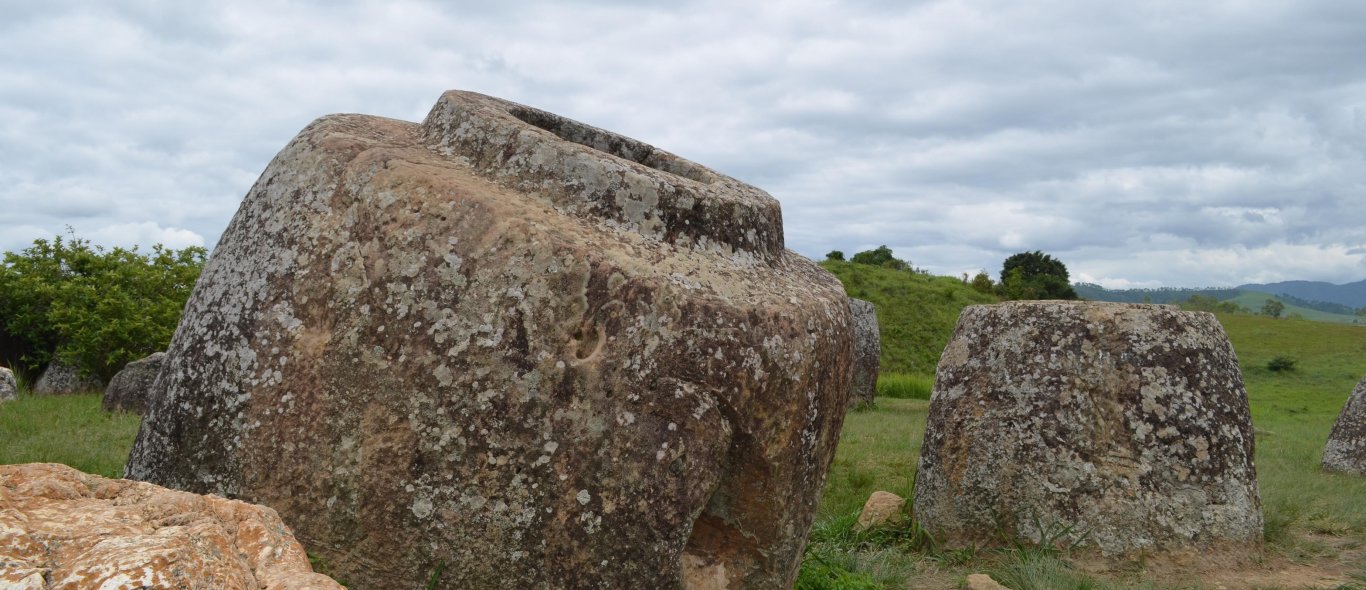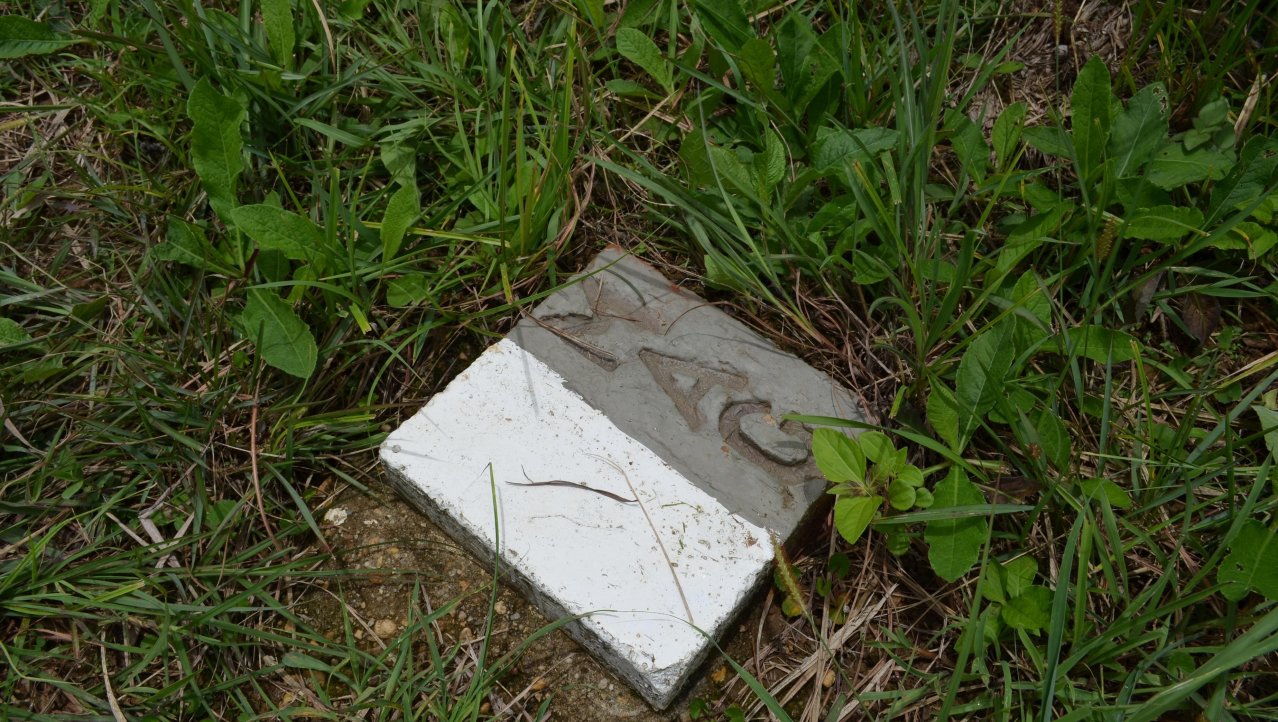
Plain of Jars & UXO
Plain of Jars & UXO
After walking around the plain of jars and reading all the signs that warned me to stay between the white lines, and that they’ve found and destroyed 175 UXO in an area the size of 20 footballfields, I wanted to know more about why there are so many UXO affecting the daily lives of thousands of people.
Xieng Khouang one of the provinces that has sufferd the worst bombing in Laos, the country that is bombed the most in the world.
More than 200 miljon tons of ordnance is dropped between 1964 and 1973. Approximately 30% dit not detonate on impact. UneXploded Ordnace is spread across the country preventing people from building new roads or farming new areas. Northern Laos was bommed because they where ruled by a communist party called the Pathet Lao due to the heavy bombings they fled into caves in the mountains. South Laos was bombed in order to disrupt the Ho Chi Minh trail that consisted of roads, paths and rivers and went from Laos to Cambodia, and was used to smuggle men and equipment from north to south Vietnam. The Ho Chi Minh trail was hidden from aerial observation by natural and man made camouflage. The American strategy was therefore to subject large areas to intense bombings.
Laos is bombed for 9 years, 24 hours, every 8 minutes.
Approximately 80% of all the U.X.O cleared by M.A.G is of the cluster type. There are 270 miljon clusterbombs dropped on Laos and 30% did not detonate on impact, due to errors in the construction or simply because they where dropped from a too low altitude leaving them no time to arm. This means that 80 miljon clusterbombs did not explode!
The clusterbombs dropped on Laos where type CBU-24 bombs. These bombs explode in mid-air launching 670 smaller bombs. These smaller bombs around the size of a tennisball, consist out of 300 pieces of metal similar to metal bearings who will spread on impact. If a bomb would completely detonate 200,000 pieces of metal would spread around an area of several hundred square meters killing or seriously injouring everyone.
These bombs where also dropped in clusters, keeping in mind that 30% does not explode, that leaves several thousands of UXO in a small area.
The last bomb was dropped on Laos more than 30 years ago, people still die or get injured as we speak because of the UXO.
20 thousand incidents took place post war(1974) 60% dies and 40% survives but with heavy injuries.
40% of all casualties are children.
Children get injured when they are farming the land or when they play with the “bombies”. The clusters are often bright yellow and about the same size as a tennisball, you can see the problem. Many children are also involved in the scrap metal trade.
Scrap metal trade
In heavily bombed areas the presence(or suspected presence) of UXO has a huge influence on the daily lives. Ploughing fields, building roads, searching for food, all these activities have an element of risk. Flat areas where the main bombing target. So the areas most suited for agriculture are often the most contaminated. Because people are afraid to extend and farm their land they stay poor.
44% of the population in Laos lives on $1.25 or less.
70% percent of the population lives in rural areas and grow their own rice. The ammount of rice they grow is sufficient for about six months. There is no income for the other 6 months and the easiest way to provide basic needs like water and food, is to collect scrap metal. Most of it is war scrap including UXO.
1kg war scrap is worth $0.20
The heaviest bombed areas are the plains of north and south Laos, the poorest rural areas.
During the search for scrap a lot of people including children, get injured or die. Still they are forced to do this because otherwise they’ll die from hunger.
Why does the government nothing about this?
To keep Laos the way it is? Tribes in the mountains and agriculture in the rural areas?
Laos will only gain benefit by removing all UXO and still remain the way it is right now.
The flat areas for instance can be used for growing rice,corn and coffee for export. Roads can be built for a better connection between Laos and all the surrounding countries. Providing a source off income by making it toll roads, and providing a better connection between rural areas and citys so the farmers can sell their crop.
The economy will get the boost it needs, providing more money and space for the growing population. Making an end to poverty and hunger.
Laos will stay the way it is right now but without all the unneccesary UXO victims!


